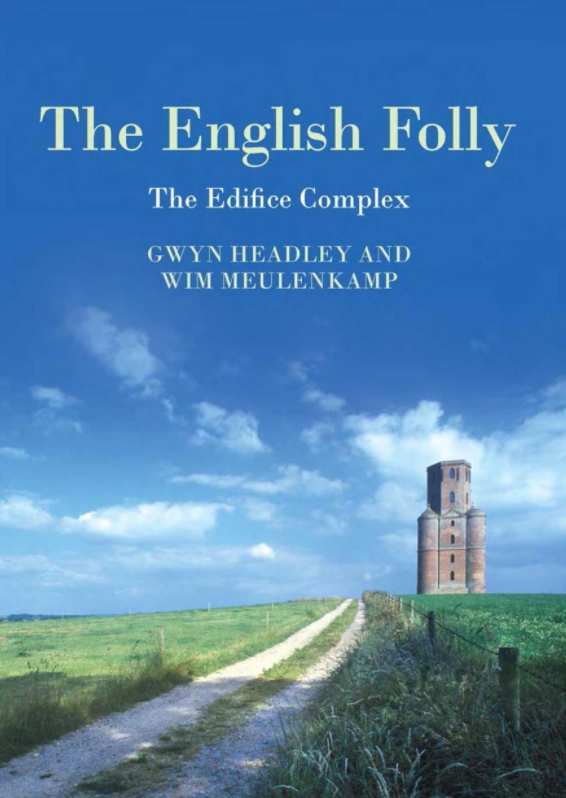The English Folly: the edifice complex

|
| The English Folly: the edifice complex, Gwyn Headley and Wim Meulenkamp, Liverpool University Press for Historic England, 2020, 260 pages, colour and black and white illustrations. |
Follies are among the most charming and eccentric of all historic buildings in England, so it is little surprise that amid their builders there are equally quirky characters. ‘For some reason (climate, diet, lie of the land, who knows?),’ writes Wim Meulenkamp, ‘England has always abounded in eccentrics. Other peoples and countries have had their fair share, but eccentrics appear to have thrived exceedingly well in the English environment.’
The authors, having already written several books about follies, set out to write more about the men (and they were overwhelmingly men) who built them: Thomas Tresham and his famous triangular folly; his Stinkiness (the 1st Duke of Kent); William Beckford, owner of the largest fortune in England, amassed on the back of the slave trade, builder of Fonthill Abbey and ostracised from society for being homosexual; or ‘Mad Jack’ Fuller, to just skim the surface.
As the authors point out, murder, insanity, theft, religious mania, rape and slavery abound in the stories of these follies. Just as one needs a breather from all the big characters and bad behaviour, Jack the Treacle Eater is introduced. Surely he is a benign character? But it turns out Jack is a folly not a person.
This lively and chatty book tells the incredible stories behind these buildings. Each chapter features a different type of folly (grottoes, sham ruins, towers, hermitages and so on), with a gazetteer at the end of each listing examples. For more methodical cataloguing of the approximately 2,000 follies across the country the authors have a series of e-books, ‘Follies of England’, or the single comprehensive guide ‘Follies, Grottoes and Garden Buildings’. This book is more of a side order, great to dip into and full of enjoyable anecdotes that bring the history of these buildings to life.
This article originally appeared as ‘Fools and their follies’ in Context 167, published by the Institute of Historic Building Conservation (IHBC) in March 2021. It was written by Kate Judge, architectural historian.
--Institute of Historic Building Conservation
Related articles on Designing Buildings Wiki
IHBC NewsBlog
Old Sarum fire in listed (& disputed) WW1 Hangar - Wiltshire Council has sought legal advice after fire engulfed a listed First World War hangar that was embroiled in a lengthy planning dispute.
UK Antarctic Heritage Trust launches ‘Virtual Visit’ website area
The Trust calls on people to 'Immerse yourself in our heritage – Making Antarctica Accessible'
Southend Council pledge to force Kursaal owners to maintain building
The Council has pledged to use ‘every tool in the toolbox’ if urgent repairs are not carried out.
HE’s Research Magazine publishes a major study of the heritage of England’s suburbs
The article traces the long evolution of an internal programme to research 200 years of suburban growth
IHBC Context 183 Wellbeing and Heritage published
The issue explores issues at the intersection of heritage and wellbeing.
SAVE celebrates 50 years of campaigning 1975-2025
SAVE Britain’s Heritage has announced events across the country to celebrate bringing new life to remarkable buildings.
IHBC Annual School 2025 - Shrewsbury 12-14 June
Themed Heritage in Context – Value: Plan: Change, join in-person or online.
200th Anniversary Celebration of the Modern Railway Planned
The Stockton & Darlington Railway opened on September 27, 1825.
Competence Framework Launched for Sustainability in the Built Environment
The Construction Industry Council (CIC) and the Edge have jointly published the framework.
Historic England Launches Wellbeing Strategy for Heritage
Whether through visiting, volunteering, learning or creative practice, engaging with heritage can strengthen confidence, resilience, hope and social connections.














